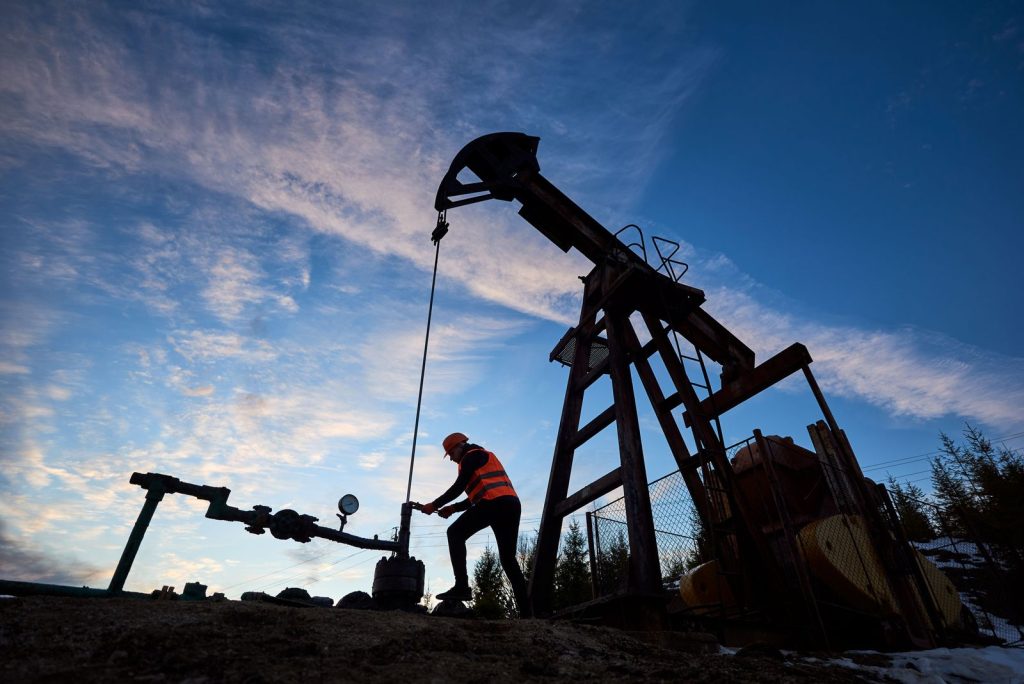Keeping Safe from Airborne Toxins and Fibers in the Workplace

During the past year, most of us have grown acutely aware of the potentially dangerous pathogens floating around in the air we breathe. The COVID-19 pandemic has changed a lot about how we perceive public health threats in shared spaces, including everything from Packaging factories to Cruise Ships. As workplaces began to reopen after initial shutdowns, dozens of different protocols and biosecurity policies were put into place to help people reduce the threat of infection.
While the coronavirus is certainly one threat to our health, there are dozens of different airborne contaminants in the workplace. From dust and pollen causing allergic reactions, to volatile organic compounds (VOCs) that might be cancer-causing agents, learning how to keep workplaces safe from different airborne toxins and contaminants is a vital part of ensuring employee and customer health. Below, we take an in-depth look at the different airborne contaminants that can affect the workplace, and then strategies that businesses can take to mitigate these potential risks.
The Dangers Lurking In The Air Inside Our Buildings
The Environmental Protection Agency (EPA) states the following:
“In the last several years, a growing body of scientific evidence has indicated that the air within homes and other buildings can be more seriously polluted than the outdoor air in even the largest and most industrialized cities. Other research indicates that people spend approximately 90 percent of their time indoors. Thus, for many people, the risks to health may be greater due to exposure to air pollution indoors than outdoors.”
In fact, indoor air pollutants can often be 2 to 5 times higher than outdoor levels, and in some cases these levels can exceed 100 times that of outdoor levels of the same pollutants. Buildings that are not well ventilated might harbor a number of allergens and even disease-causing agents. For example, the United States Centers for Disease Control and Prevention (CDC) estimates that 1 in 13 people have asthma. That number amounts to more than 25 million Americans having asthma, or 7.7 percent of adults and 8.4 percent of children. Badly ventilated office environments might have high levels of dust, pollen, mold and mildew spores, or other contaminants that can trigger asthma or cause other types of serious respiratory issues for your workforce.
Both office environments, warehouses, and every other type of job “site” in between might have potentially dangerous volatile organic compounds (VOCs) negatively affecting their indoor air quality. The EPA defines VOCs as “compounds that have a high vapor pressure and low water solubility. Many VOCs are human-made chemicals.” Many of these chemicals are also known carcinogens. According to one report on VOCs in the workplace, 84 percent of the indoor samples included levels toluene, xylene (p,m), 1-butanol, nonanal, and benzene, all of which can be considered dangerous for human health.
Furthermore, many workplaces will suffer from dust hazards in the workplace or dust and fumes in the workplace, especially warehouses and loading docks where open doors can let in potential pathogens throughout the day.
So How Do You Keep Your Workforce Safe from Airborne Toxins?
Just as your company probably developed strict protocols to limit the spread of the coronavirus, you should also take seriously the threat of airborne toxins. Some simple strategies to limit the incursion of airborne toxins and thus improve your indoor air quality include:
- Install proper ventilation systems. For buildings that have a tight building envelope, consider investing in a HRV or ERV system that actively brings in fresh air from the outside.
- Install air purifiers. There are dozens of high quality air purifying technologies that can be used in different workplace environments. The best air purifiers and filters can even remove the smallest micro-particles that can be harmful when breathed.
- Install air curtains. If your business maintains open doors for long periods of time, consider installing an air curtain or air door. An air curtain is a fan-powered device that creates an invisible air barrier over the doorway to separate efficiently two different environments, without limiting the access of the people or vehicles. They can be used both in front entrances used by customers and in loading docks in warehouse settings.
- Properly Store Hazardous Materials
The best place to start?
Hire Professionals to Improve the Safety of Your Workplace Environment
Work-Fit is a leading onsite injury prevention and management for your workforce. Our wellness management programs can help your company come up with different strategies to improve the healthfulness of your workplace environment. Contact Work-Fit today and learn how we can help your company develop healthier employees.



